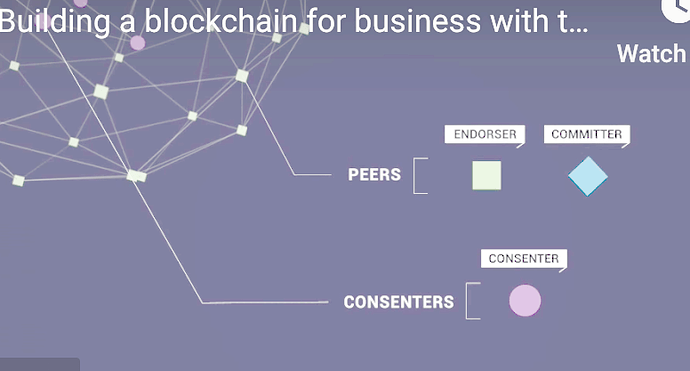Here is my piece on the video-service on Blockchain:
I cannot help thinking that youtube and alike are working wrong-way around. They should fight for content creators then traffic, but instead they have an oligopoly like because of ‘being first’. The product they sell to users is not advertising nor the video platform, they are a distributor, re-selling the content with added service/value of relevant advertising&platform. Perhaps they realise it with the YouTube TV paid service.
Because of this and since Blockchain is about transactions, let’s drop the content piece completely (central storage services like AWS/IBM cloud) and instead go wide for a transactional system to cover also online Newspaper subscriptions, video/gif/picture libraries, paid online courses, etc.
Private, and permissioned, read&append-only blockchain, with users as contributors and spenders in one (like steemit), Single-Sign-On via APIs to different content portals (youtube, paid newspaper web, HarvardX university) who will be the nodes since they witness the transaction (+optionally content-creator), between viewer and content-creator. Public and private keys for certifying their identities and enabling wallets. The network consensus would happen between nodes of say youtube and the content creator, so only parties who see user transactions are ones involved in the transaction (e.g. buying credits in a FB game and donating to an Instagrammer for their content would still be only 2-4 nodes but with directly involved parties).
I am struggling here - please if anyone has ideas how to involve more nodes to validate transaction but without revealing users transactions to 3rd parties?
All parties so far have eco.incentive to participate including content platforms incentive to compete fairly for content-creators who are followed the most but also who have following that spend the most. i.e. Platforms could be scored based on Advertising reach-to-conversion score.
No mining, limited amount of utility tokens released gradually based on user-base growth, available to buy at exchanges/wallet providers. Finality, immutability, consensus, decentralisation of power and infrastructure(nodes and ledger), provenance, all the rest applies.

 Second-hand marketplaces or in B2B called ‘Bokerage’ solutions are very expensive too. No ‘participants’ ever want to pay that bill, but if it comes included by the SW originator
Second-hand marketplaces or in B2B called ‘Bokerage’ solutions are very expensive too. No ‘participants’ ever want to pay that bill, but if it comes included by the SW originator 
